The Aurora borealis, or northern lights,are among nature’s most spectacular displays. They begin high in the Earth’s atmosphere—at altitudes from 60 to more than 250 miles—when charged particles from the sun become trapped in the Earth’s magnetic field. Specifically it occurs when electrically charged solar particles collide with atmospheric gases to produce a dazzling neon light show that illuminates the night sky. The result is a colorful, dancing light show. Even experts can’t always predict exactly when and where the lights can be seen, but your best bet for catching them is during winter in these high-latitude polar regions.
Alaska
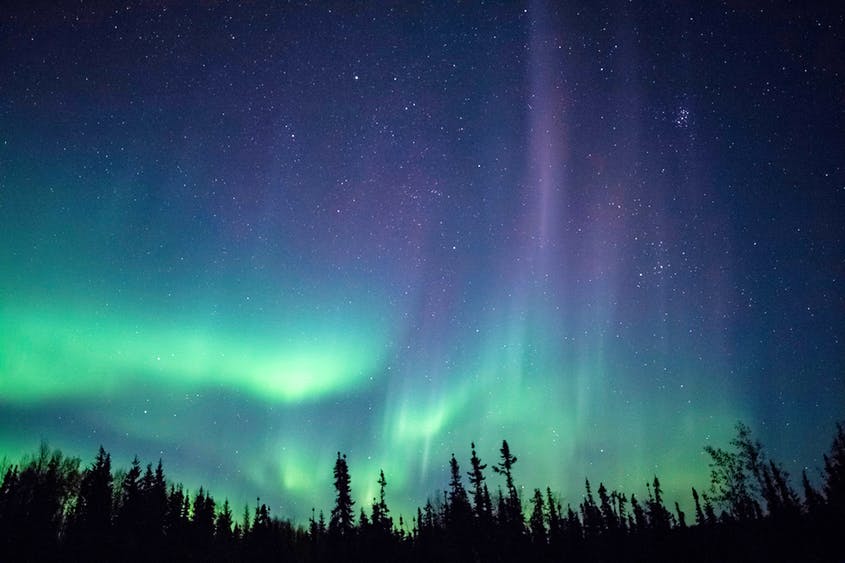
Fairbanks, Alaska, is considered one of the best places in the world to see the northern lights.
Where to go: In Alaska. Fairbanks is a popular hub for northern lights tourism thanks to its international airport and its prime position under the “aurora oval”—a ring-shaped zone where aurora activity is concentrated. The city is located approximately 150 miles south of the Arctic Circle and sits north of Denali National Park, which makes it an accessible base from which to travel.
From Fairbanks, 1st Alaska Tours runs aurora viewing evening trips to the Chena Hot Springs, one of the best hot springs in the United States, where travelers will visit the area’s ice museum, then soak in healing waters while watching solar activity above.
Where to stay : Aurora Villa , Fairbanks

Aurora Villa , Fairbanks
When to go: From mid-August to late April.
Canada
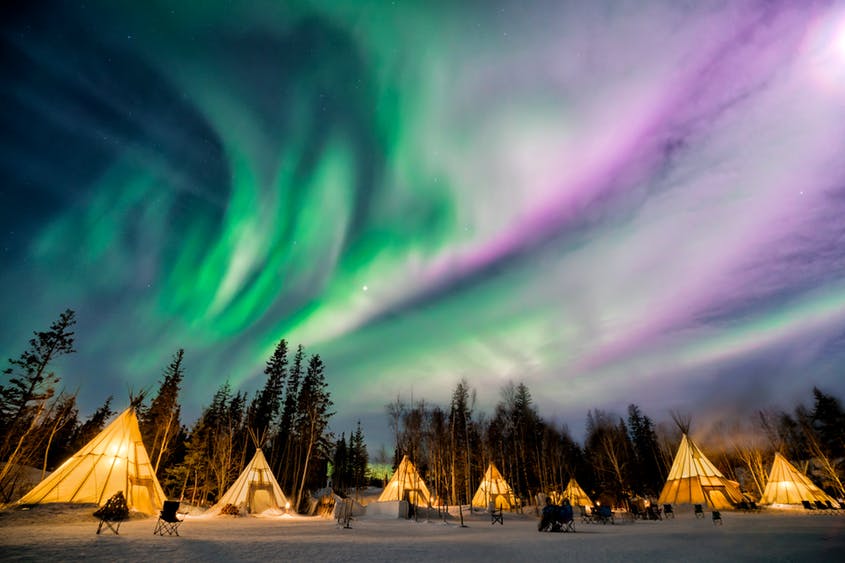
Where to go: Many parts of northern Canada witness the aurora borealis regularly, but the extremely remote Yukon and Northwest Territories are some of the greatest spots to see the natural light show.
How to go: In Yellowknife, the northern lights are visible up to 240 days of the year. At Aurora Village —an Aboriginal-owned and operated gathering of 21 tepees surrounding a frozen lake—guests who book the three-night viewing package have an estimated 98 percent chance of seeing the aurora at least once, according to the tour operator. From $245 per person for three-night tour
Where to stay : Grace Lake Villa, Yellowknife

Grace Lake Villa, Yellowknife
When to go: From late August to mid-April
Norway
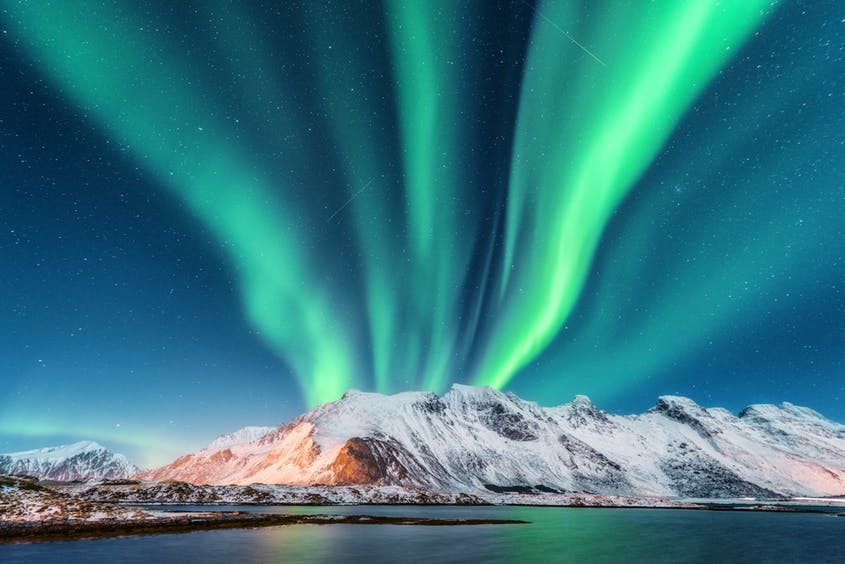
Where to go: Sitting at 69° north in the center of the aurora zone (and above the Arctic Circle), Tromsø is one of northern Norway’s most popular destinations for aurora viewing. Offshore, the remote Svalbard archipelago offers the opportunity to see polar bears, Arctic foxes, and reindeer in addition to the northern lights.
How to go: Sail through Arctic fjords while searching for the northern lights on a three-hour guided boat tour with Tromsø Safari (from $164 per person) or embark on a four-day Nordic Wildlife and Northern Lights adventure led by a Sámi guide with Off the Map Travel (from $2,402 per person).
When to go: From late September to early April
Greenland
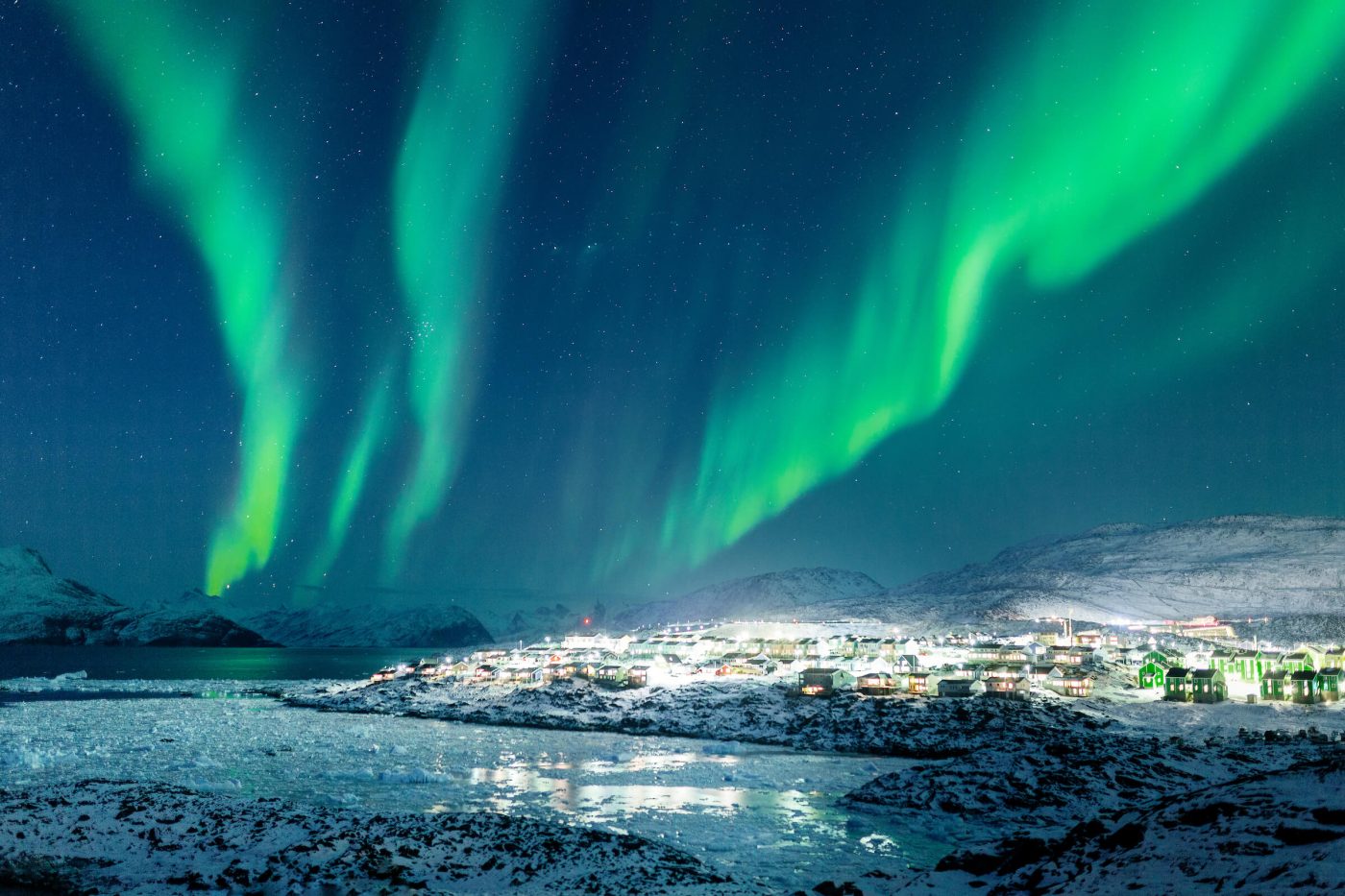
Where to go: Most of Greenland lies within the Arctic Circle, making it a prime location for spotting the northern lights. The small town of Kangerlussuaq hosts an international airport where most travelers arrive on the island and is also situated right in the middle of the area where the aurora borealis is best experienced.
How to go: Each year from November through March, Greenland Tours offers a four-day Northern Lights and Icebergsadventure around Kangerlussuaq that includes snowshoeing, dogsledding, and aurora viewing along the famous Icefjord. From $917 per person
When to go: From September to early April
Finland
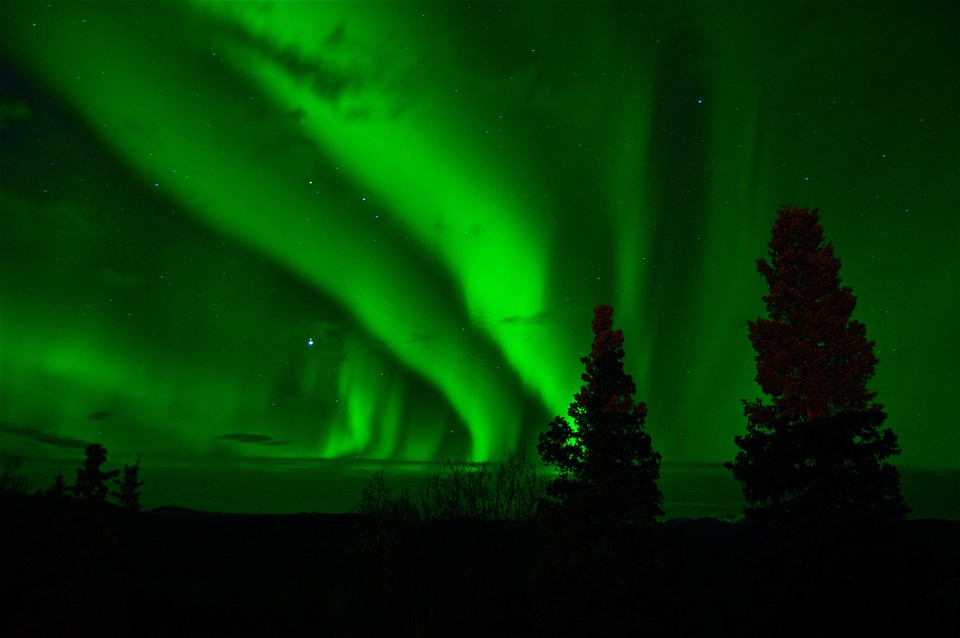
Where to go: In Lapland, Finland’s sparsely populated northern region bordering Sweden, Norway, and Russia, the northern lights are visible on roughly 200 nights of the year thanks to extremely minimal light pollution.
How to go: The Nellim Wilderness Hotel boasts a handful of glass-domed igloos, dubbed Aurora Bubbles, where guests can watch the aurora borealis while sheltered from the -22°F winds in the sub-Arctic reaches of Finnish Lapland. From $199 per night
When to go: From early September to late March
Sweden
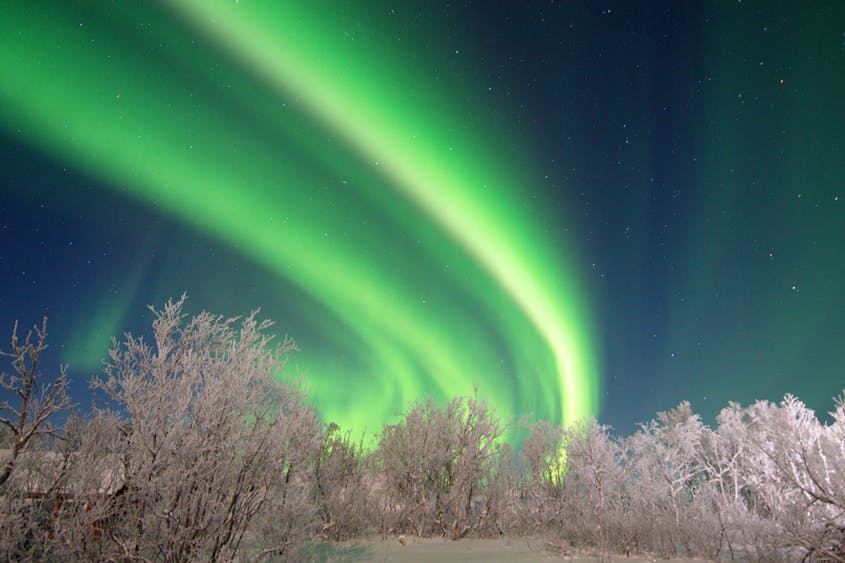
Where to go: Abisko National Park in Sweden has developed a reputation for being one of the world’s top aurora-watching destinations due to its particular microclimate, which sees less precipitation than other locations within the aurora zone, allowing for clearer skies.
How to go: Between December and March, Lights Over Lapland offers specialized, three-hour aurora borealis photo workshops in Abisko National Park. Small groups are provided with high-quality cameras and led by professional photographers who teach basic skills for photographing the northern lights. From $122 per person
When to go: From early December to late March
Iceland

Where to go: Iceland’s dramatic landscapes—among them the Snæfelsness peninsula, Jökulsárlón glacial lagoon, and Reynisfjara black sand beach—are particularly spectacular spots from which to view the northern lights. Easily reachable by car from Reykjavík, Thingvellir National Park is another crowd favorite.
How to go: At the Buubble Lodge (nicknamed the “5 Million Star Hotel”), guests can watch the aurora borealis dance across the sky from within a transparent glamping bubble nestled in the woods outside Reykjavík. Book a bubble as part of the lodge’s Golden Circle Tour, which includes visits to waterfalls, hot springs, the Secret Lagoon, and Thingvellir National Park. From $480 per person
When to go: From early September to late April
source: This article originally appeared online in November 2018; it was updated on October 11, 2019, to include current information by www.afar.com



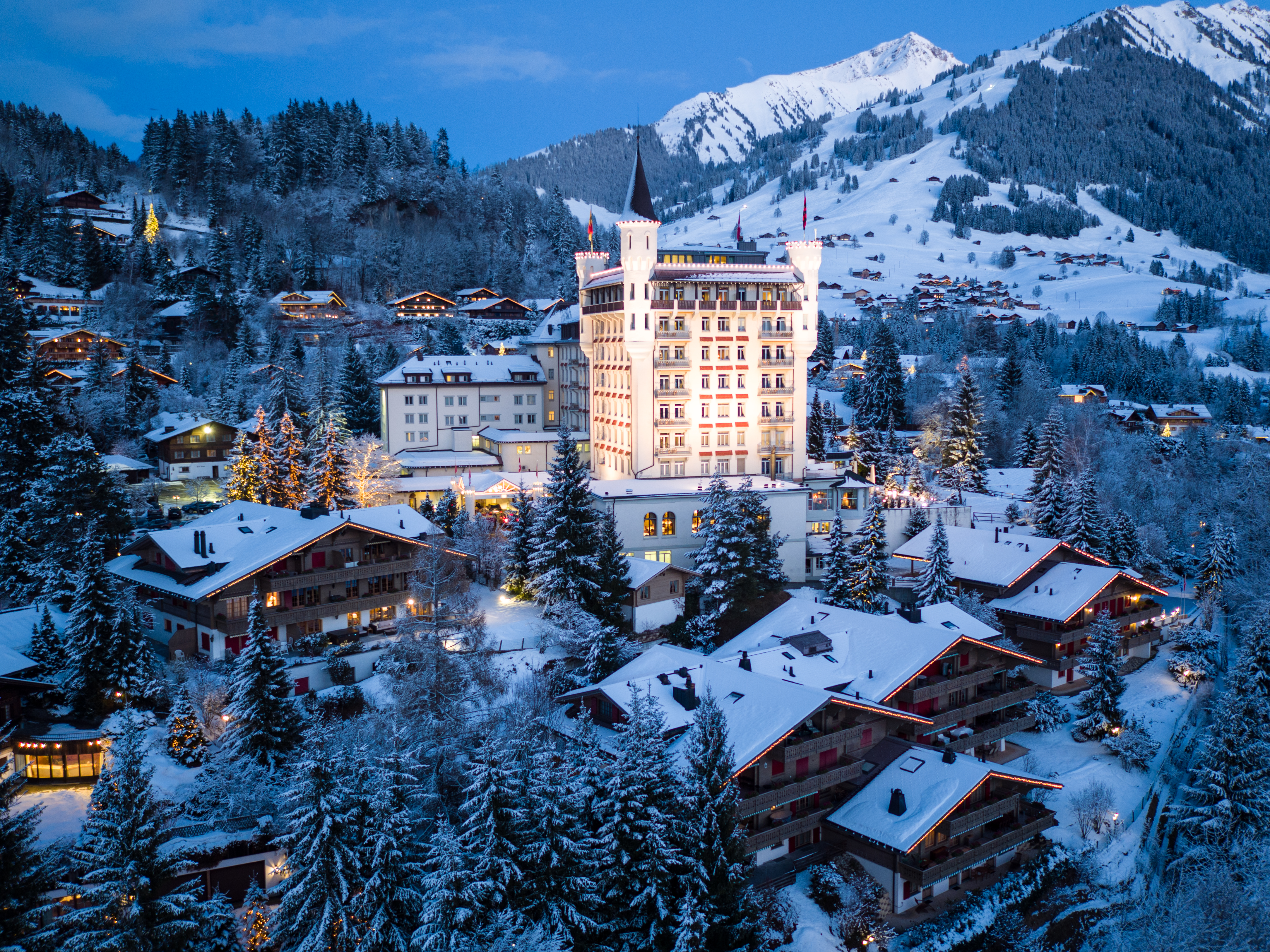
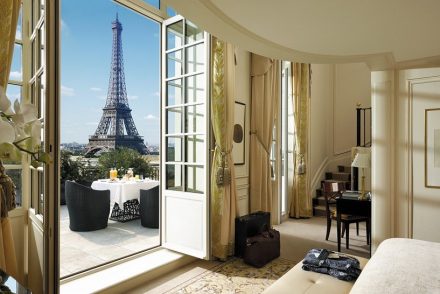
No Comments